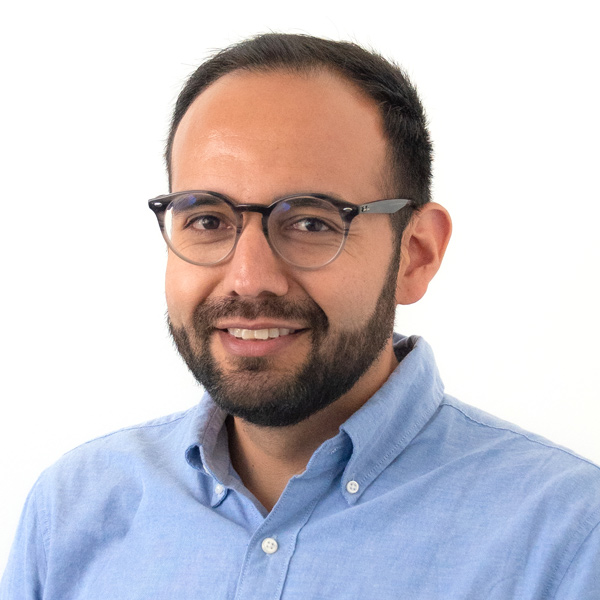Oregon Promise’s Reach and Impact: The First Two Years

Gaps in U.S. college enrollment and completion based on family income have widened, increasing inequity in education. Financial aid programs may be able to close these gaps—research has consistently shown such aid’s positive effects on postsecondary outcomes. One approach is promise programs, a relatively new financial aid model that covers all or nearly all tuition and are based on where a student lives, rather than on merit or need. A growing body of evidence suggests promise programs work, but because they vary widely, continued evaluation is needed.
Beginning in 2016, we collaborated with Oregon’s Higher Education Coordinating Commission (HECC) to study the implementation of the first year of Oregon’s promise program, just the second state-level promise program in the country. Oregon Promise, a last-dollar financial aid program that covers the cost of community college tuition, is available to state residents with a high school diploma or GED. We then continued this collaboration to conduct a second study about the reach and impact of Oregon Promise in its first two years.
Using Data to Measure Reach and Impact
For the first study, we surveyed nearly 1,500 Oregon high school students and conducted focus groups with administrators and counselors. Among other findings, this work identified misconceptions about the program in the first year to help HECC clarify messaging and communication.
Through the Regional Educational Laboratory (REL), we then led a technical assistance project called “Gearing up to Study the Oregon Promise Through Rigorous Research,” for which we met with HECC staff members, as well as high school college counselors and staff members from some of the largest school districts in the state, to hear their questions about Oregon Promise and develop a research agenda to study the Oregon Promise program and its impact.
Through these conversations, we also established a rationale and set up data-sharing processes for the school districts to share high school GPA data—a key Oregon Promise eligibility criterion that the state does not collect and was critical for the research study.
We then continued our partnership with HECC to conduct a rigorous research study of Oregon Promise. In this study, we used descriptive statistics to understand which public high school seniors in 2015–16 and 2016–17 Oregon Promise served. We also looked at how the number and characteristics of applicants in the Portland metro area might have changed if the program’s GPA requirement had been lowered—a move the Oregon legislature was considering. Finally, we used two different quasi-experimental designs and four data sources to study the impacts of an Oregon Promise award offer on public high school graduates’ college enrollment, first-year persistence, and longer-term persistence or completion.
Expanding Reach and Increasing Value
One implication of the REL study was that while Oregon Promise reached a diverse group of students in its first two years, changing program requirements and additional outreach may broaden its reach. Evidence from the Portland metro area suggested that lowering the GPA requirement would increase applicants who are male students, students of color, students from low-income households, and students who receive special education services, among other groups underrepresented in higher education. The program's positive impacts on recipients with GPAs just above the 2.5 eligibility cutoff provide evidence for expanding the program by reducing the eligibility requirement, though more research is needed to confirm whether those positive impacts persist.
Overall, this work added to the broader understanding of the impact of promise programs and of Oregon Promise. The findings also supported eventual changes to the program. In 2022, as reported in the Oregonian, the Oregon legislature lowered the GPA cutoff, removed the program’s $50 co-pay, and increased the minimum award amount to $2,000. These changes expanded the access to the program and made it more valuable for low-income students.
Download Case Brief
Project Team
-

-

-

Sun Young Yoon
-

